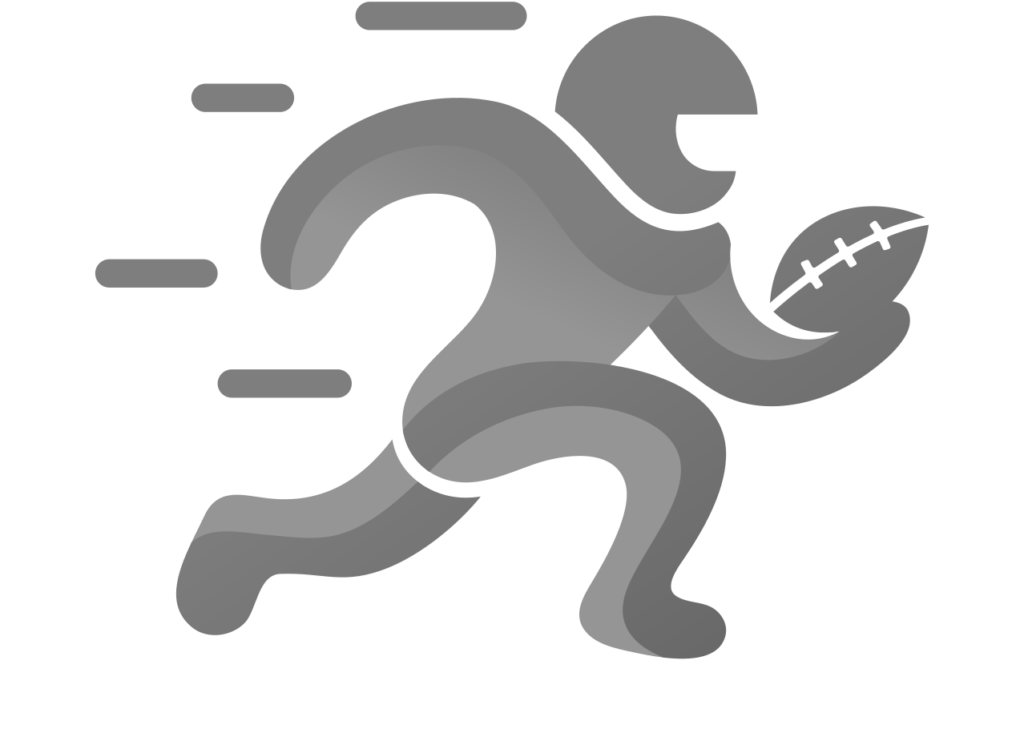
(Click on the star on form card to select)
By Matt Stuart | Published | No Comments
The NFL’s new kickoff rule that will be implemented this season is designed to eliminate the kinds of injuries that can occur when you have ten players from each side running at each other at top speed. The new rule has been shown, in the formerly defunct XFL which merged with the UFL this past year, to indeed reduce that risk.
For those unfamiliar with what the new kickoff will look like, they can pull up video of how the kickoffs looked in the previous years that the XFL implemented it. Essentially, the kicking team sends all of its coverage players (10 players) down to the opposing team’s 35 yard line. The receiving team puts all of its players (again 10 players) at their own 30 yard line – or five yards in front of the coverage team. No players, other than the placekicker and the player designated to receive the ball, can move until the ball is caught by the receiving team.
The placekicker kicks off from his own 30 yard line, instead of the 35 yard line as has been the case previously in the NFL.
As we have discussed before, the receiving team can still call for a fair catch and the ball will be placed at the 25-yard line. However one thing that has not been discussed all that much is what about on-side kicks.
The league has stated that the a team can still attempt a traditional onside kick, just as they have been able to do in the past. The teams must notify an official that they wish to attempt an onside kick, and then the rules of the traditional NFL kickoff takeover.
Here’s the thing though. The NFL rule for onside kicks only states the minimum distance that a kick must travel before the kicking team has chance the recover the kick – 10 yards. Nowhere in the rule does it state that a kick has a maximum distance that it can travel.
Every team has some diversity when it comes to how they implement their onside kicks. Some teams try and kick the ball as short of a distance as possible, as long as it goes the minimum 10 yards and hope their team can recover it. Other teams try and kick it a little deeper down field, but also higher into the air, and hope that a player on the receiving team misplays the ball and that a player on the kicking team will be able to take advantage and recover the kick.
The point here is that there is still a lot of various components to an onside kick. What if a crafty head coach decides to signal to the officials that he wants to try and onside kick. Instead though, what the coach really is looking to do is force the opposing team, the receiving team, to field the ball deep in their own territory. This creates more of a likelihood that the kick returner could fumble the football, either by muffing the catch, or losing the ball on a big jarring tackle by a special team player on the kicking team that would be running down the field at full speed, and the kick returner’s blockers, potentially, being several yards up the field.
You just know that some coach is going to try this. When he does the NFL will of course not be happy. But according to the rules, there is little that the NFL will be able to do about it.

